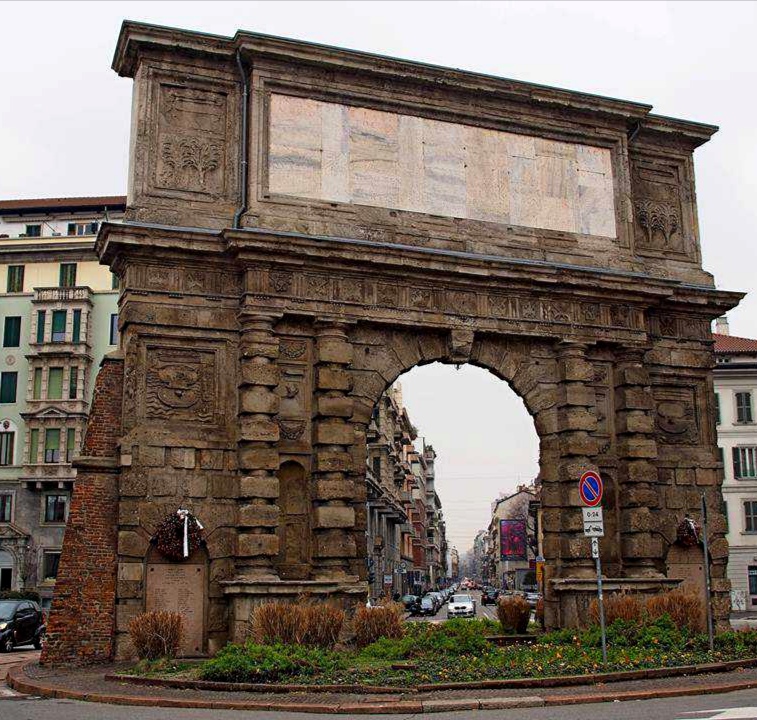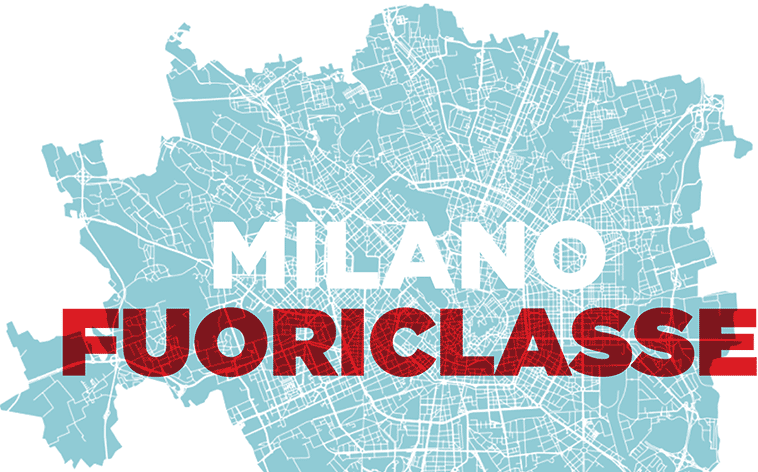Eccoci tornati con il terzo appuntamento della rubrica Le Porte di Milano. Oggi vi parleremo di Porta Romana.

L’arco di Porta Romana, un tempo parte integrante delle mura spagnole (delle quali resta un frammento sulla destra della Porta), si erge in piazzale Medaglie d’Oro.
L’arco, ispirato agli archi imperiali romani del II e del III secolo, è di ordine dorico; ed è caratterizzato da sculture e fregi, che richiamano la simbolica retorica barocca. Venne costruito nel 1598 su disegno di Aurelio Trezzi per l’ingresso a Milano di Maria Teresa d’Austria, diretta verso la Spagna per raggiungere il futuro sposo Filippo III.
A questa Porta è ispirata una celebre ballata della “mala” milanese: “Porta Romana bella”, interpretata da Giorgio Gaber, Nanni Svampa e tanti altri artisti.
La Porta è ancora oggi in ottimo stato, ma è separata dai suoi bastioni. Il corso di Porta Romana che conduce a Piazza Medaglie d’Oro è stato per lungo tempo il centro della vita cittadina milanese e luogo prescelto per la costruzione di residenze nobiliari. Qui si tenevano anche cerimonie trionfali e feste.
Fonte: https://www.unitremilano.it/1673/luoghi/porta-romana-milano.html
Foto: https://www.milanodavedere.it/itinerari/porta-romana/
English version:
The arch of Porta Romana, once an integral part of the Spanish walls (of which a fragment remains on the right of the Porta), is located in Piazzale Medaglie d’Oro.
The arch, which is inspired by the Roman imperial arches of the 2nd and 3rd centuries, is of Doric order and it is characterised by sculptures and friezes, which recall the Baroque art. It was built in 1598 by Aurelio Trezzi for the entrance to Milan of Maria Theresa of Austria, who was on her way to Spain to join her future husband, Philip III.
This gate has inspired a famous ballad of the Milanese “mala”: “Porta Romana bella”, interpreted by Giorgio Gaber, Nanni Svampa and many other artists.
The gate is still in excellent condition. The Corso of Porta Romana leading to Piazza Medaglie d’Oro was for a long time the center of the city life in Milan. Here were also held triumphal ceremonies and festivals.
